
Subscribe to receive our daily tech reviews
Lorem ipsum dolor sit amet, consectetur adipiscing elit ut liqua purus sit amet luctus venenatis, lectus magna.
South Asian Tea Brands You’ll Love — From Boutique Blends to Time-Honored Icons
Because your pantry deserves more than the same old tea bags – let’s upgrade your routine with eight of South Asia’s finest brews
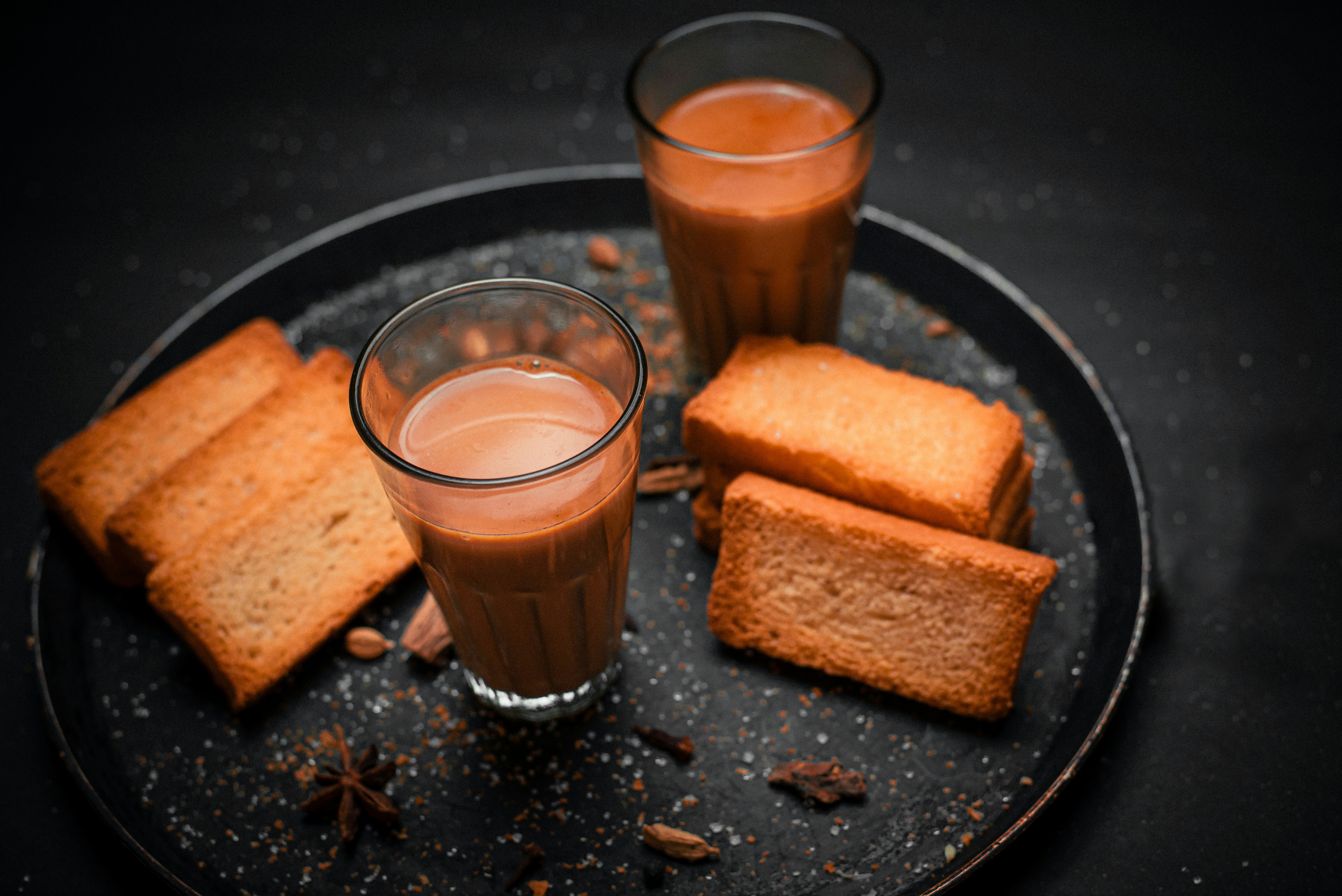
This article contains affiliate links, which means we may earn a small commission if you make a purchase through them, at no extra cost to you.
I’ve just set down my tea mug, the one stamped with the tired slogan “Keep calm and carry on.” Remember when that was a thing? Me neither. What I do remember are the brews I’ve poured into it — enough to make me smile and breathe a little easier at any hour.
I’ve always sworn by coffee, and that will never change. Yet a good cup of tea has a power all its own. It is both ritual and comfort in a cup — strong or gentle, brewed with water or milk, sharpened with spice or softened with sweetness. That’s why we’ve rounded up eight of our favorite South Asian tea blends — a cornucopia of taste that might tempt you to book a flight to Mumbai or Colombo. The good news? These picks are only a click away.
Best Indian Tea Brands
Kolkata Chai Co. - Rose Masala Chai: $19.99
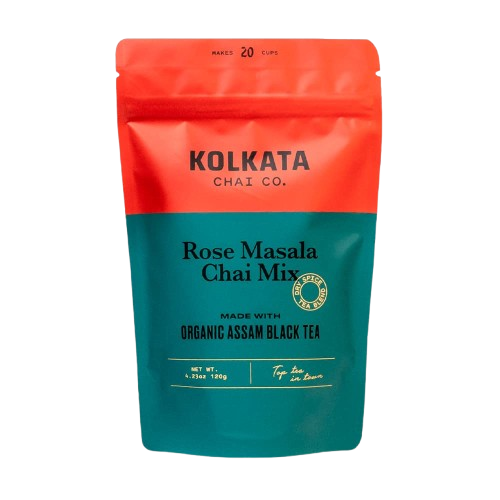
In 2019, brothers Roni and Ayan — first-generation Indian-Americans — launched Kolkata Chai Co. with a singular mission: to serve masala chai the way it’s meant to be, brewed strong with spices, finished with milk, and never referred to as ‘chai tea.’
Base & Flavor
This tea blend has a base of 100 percent Assam black tea which is processed with the CTC method – crush, tear, curl — which transforms the leaves into finer granules. Their signature masala mix is a blend of fragrant spices such as cardamom, cinnamon, cloves, and black pepper. The result is a tea that is brisk, dark, and brews strong with a delicious, decadent perfume. The intensity of this blend is complimented with dried rose buds that add refreshing floral notes that I find are subtle enough to enhance while still allowing the signature Assam and masala base to take center stage.
How I Take It
I like to brew this chai midday. The subtle, sweet perfume of rose has a way of softening a stressful afternoon, while the bold Assam base delivers just enough caffeine to carry me through. I brew it strong and finish with milk — for me, half and half or a splash of heavy cream. The creamy richness was made to dance with masala spices.
Diaspora Co. - Golden Milk: $14.99
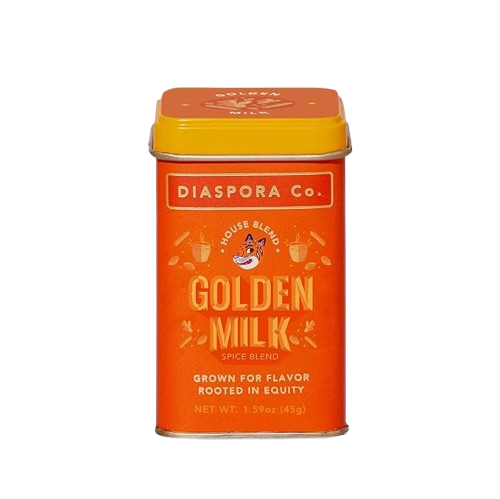
Founded in 2017 by Mumbai native Sana Javeri Kadri, Diaspora Co. is a spice company built on sourcing directly from small farmers across South Asia. After studying at Pomona College and working on its organic farm, Sana returned to India in 2016, frustrated by the lack of quality turmeric available in the U.S. Out of that experience came Diaspora Co., with a mission to ‘disrupt the industry with culture, equity, and joy.’
Base & Flavor
Since it's a Haldhi Doodh masala spice blend, it is not built on tea at all, but a warming and health-conscious mix of spices such as high-curcumin turmeric, ginger, cinnamon, cardamom, and black pepper. The result is a brew that is grounded, vibrant, and enrichening for the body and soul. What I love most about this blend is its flexibility. You can make it sweet and dessert-like or as clean and nourishing as you want.
How I Take It
The official instructions recommend one teaspoon of Golden Milk mix for every cup of milk. I use a heaping teaspoon because I prefer a stronger brew, and for the milk I find that almond milk adds a welcome nuttiness without overwhelming any of the delicious spices in the blend. Since there is no caffeine, this can be had at any time of the day; however I find a golden milk latte to be the perfect compliment to an evening curled up in bed with a good book and a plate of biscuits.
Tata Tea - Gold: $18.59
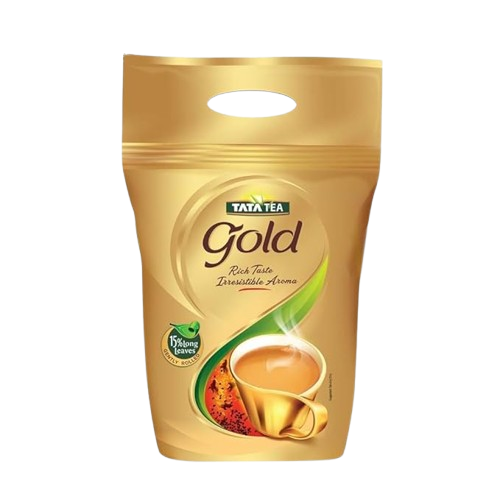
How could we write a round-up of South Asian tea and not include Tata Tea, a major part of the Tata Group — one of India’s largest and most trusted conglomerates. Since its founding in 1964, Tata Tea has grown into a household name, known for bringing everyday Indians their daily cup. Their tagline ‘Jaago Re!’ (Wake Up) is almost as famous as the tea itself.
Base & Flavor
Tata Tea Gold is built on a blend of bold Assam CTC granules, delivering the intense, malty backbone expected from a daily chai. It’s full-bodied and bold, yet easily tempered with milk and sugar, and approachable enough to sip neat. I also find it works beautifully as a base for experimenting — a strong, versatile canvas for layering in other spices and flavors to create a brew that’s uniquely your own.
How I Take It
This was my first introduction to South Asian tea, and it still holds a special place in my heart. I remember waking up in Mumbai, wandering into a local café, and watching the barista grate fresh ginger straight into the water before adding Tata Tea Gold. I didn’t think twice about it then, but once I tried the blend without ginger, I realized my preference was set: A small handful of grated ginger makes my perfect cup.
VAHDAM - Earl Grey Masala Chai: $14.99
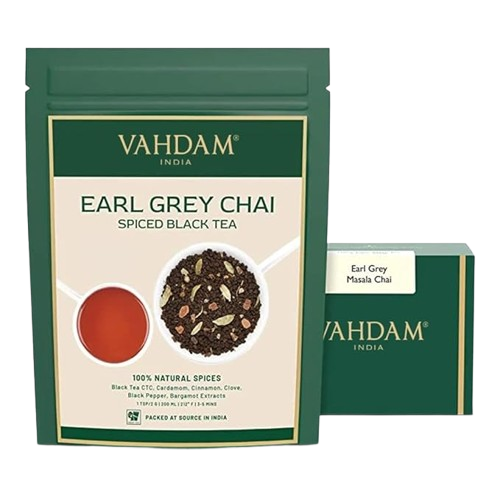
Vahdam was founded in 2015 by Bala Sarda, a fourth-generation tea entrepreneur from a family rooted in Darjeeling, West Bengal. His grandfather, Madhav, began exporting and selling teas decades earlier, and the company’s name honors him with its titular anagram — “Madhav.” Today, Bala has carried the family business onto the global stage.
Base & Flavor
This blend begins with a bold Assam black tea base, brightened by the citrusy lift of bergamot. Classic masala spices — cardamom, cinnamon, clove, and black pepper — add warmth and depth, layering a vivid spice profile against bergamot’s zesty, floral edge. For fans of Assam black tea, Earl Grey, and masala chai, this is a three-in-one cup that might raise an eyebrow at first — these blends usually stand on their own — but one sip reveals a uniquely brisk brew that invites a wide spectrum of flavors into one delicious cup.
How I Take It
I’ll be the first to admit that Earl Grey isn’t usually my cup of tea (pun intended). Bergamot, while bold and vibrant, often strikes my palate as a little acrid. But keep in mind, this is coming from someone who happily drinks olive and pickle brine straight from the jar when I’m craving something savory.
The tri-blend of Assam, masala spices, and bergamot brings three distinct flavor profiles into a single cup — and the mix pays off spectacularly. With my usual splash of half-and-half or cream and a teaspoon of sugar, I’ve found this blend to be a gentle step into the world of Earl Grey, helping me adjust my palate to bergamot’s unique edge. With its medium caffeine content, it’s also a versatile choice — bold enough to keep me alert in the evening, yet balanced enough that I can still count on a full night’s sleep.
Wagh Bakri - Masala Chai: $9.40
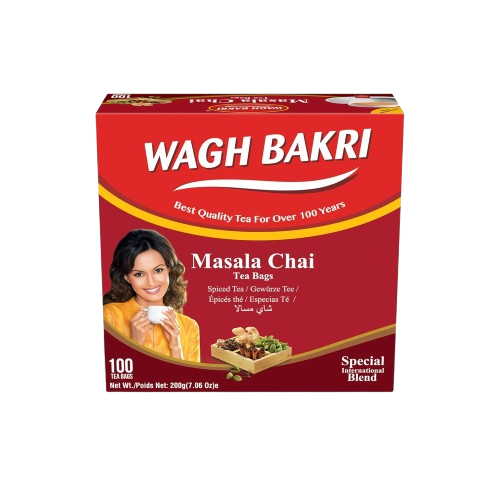
Another staple in South Asian pantries, Wagh Bakri was founded in 1934 in Ahmedabad, Gujarat, by Narandas Desai, and has since grown into one of India’s most beloved tea companies. Its name translates to "Tiger and Goat,’"a metaphor inspired by Mahatma Gandhi’s belief in equality — the idea that a cup of tea can unite people from all walks of life.
Base & Flavor
While many pantry staples lean on an Assam CTC base, Wagh Bakri has built its reputation on being stronger, bolder, and more assertive than most. The blend is dominated by robust Assam granules that when brewed, creates a malty, full-bodied chai with a tannic edge that stands up to heavier pours of milk and sugar.
On the spectrum of flavor and intensity among heritage brands, Tata Tea Gold leans toward a mellower, smoother profile — fragrant and dependable. Wagh Bakri, by contrast, delivers a more robust blend — a powerful, richly malty brew that is unmistakably theirs.
How I Take It
First thing in the morning, I reach for a strong cup of Wagh Bakri — with a touch more milk and sugar than usual to soften its intensity. The blend’s robust edge can lean acrid if left unchecked, so it’s best not to steep it for too long; otherwise, excess tannins and bitterness creep in. Brewed with care, though, it delivers a bold, satisfying wake-up call.
Herbs & Kettles - Lavender Vanilla Chai: $14
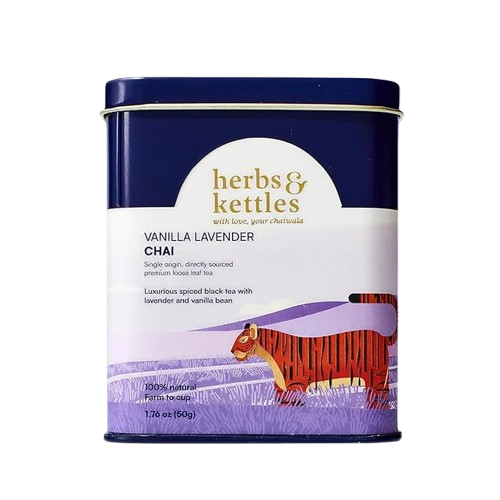
Herbs & Kettles was founded in 2021 by Drs. Abe and Poorvi Chordia, practicing physicians and certified tea sommeliers. What began at Atlanta farmers markets has grown into a brand devoted to showcasing India’s finest teas. By sourcing directly from small plantations, the Chordias ensure exceptional quality while supporting sustainable farming and fair partnerships.
Base & Flavor
Vanilla and lavender aren’t the first flavors you expect in chai, but here they really work. The vanilla softens the edges of the Assam black tea base, and the lavender drifts in lightly, adding a floral note without lingering too long or edging out the other robust flavors. It’s a modern chai blend that brings two bold, unexpected flavors together, yet never forgets its roots in the warm spice profile of traditional masala chai.
How I Take It
I reach for this blend on days when I’ve had one too many cups of traditional Assam and want to break the routine. It’s a gentler, more floral cup — a small change of pace that resets my palate without straying too far from the comfort of chai.
My favorite way to brew this blend is with an all-milk base. When brewed in water, the Assam and masala spices dominate, but the milk tea method lets the vanilla and lavender step forward, creating a softer and more distinctive cup. This past summer, I even turned it into an iced milk tea — it quickly became a favorite with friends whenever we wanted something refreshing and unique.
Organic India -Tulsi Ashwagandha Tea: $7.99
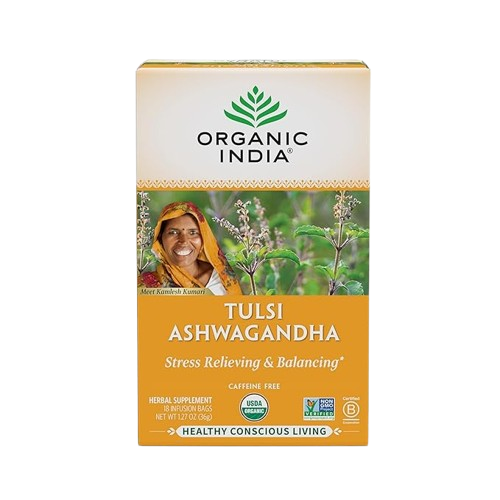
In the bustling city of Lucknow, Bhavani Lev (née Holly Bronfman) met Bharat Mitra. What began as a business partnership soon deepened into a personal bond — one that shaped their lives and, in 1997, gave rise to the vision of Organic India. At its heart is tulsi, or holy basil, a plant revered in Hinduism as one of the cornerstones of Ayurvedic medicine.
Base & Flavor
A proprietary blend of three tulsi varieties — Rama, Krishna, and Vana — combined with ashwagandha root creates an earthy infusion, layered with floral and herbal notes that finishes with a clean, refreshing brightness.
There are a myriad of flavors at play all at once, but none of which try to upstage the other. This blend is peppery, minty, slightly liquorice-like, nutty, bitter-sweet, and almost clove-like. It is a deeply refreshing and invigorating blend that stands in direct contrast to the Assam and spiced masala blends featured here.
How I Take It
When I’m feeling stressed or run down, this is the blend I turn to. In the colder months, I’ll reach for it any time of day, and with no caffeine, it’s perfect even at bedtime. A fresh, steaming pour from the kettle with a spoon of raw honey, and it’s easy to taste — and feel — why these herbs have been treasured in Ayurvedic healing for millennia.
Sancha Tea Boutique - Cardamom Masala Chai: $15.50
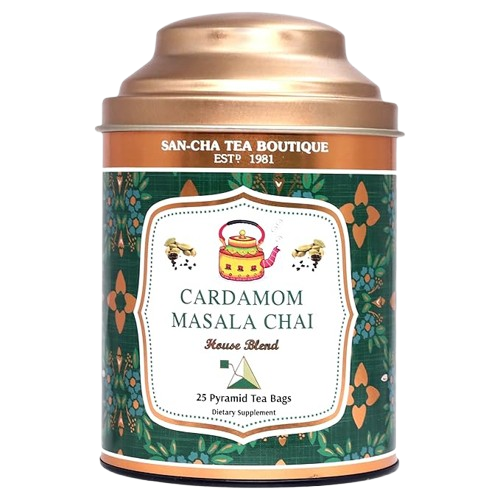
In 1981, respected tea curator Sanjay Kapur opened Sancha in Delhi, creating one of India’s first boutique tea houses. Under Sanjay’s watchful eye, what began as a boutique gallery in Delhi soon matured into Sancha Tea Boutique, one of India’s pioneering gourmet tea brands.
Base & Flavor
A malty Assam base with bright, aromatic cardamom and gentle warming spice. While cardamom is a usual suspect in masala blends, here it rises above the rest — not just another note, but a fragrant perfume worthy of its own spotlight on the tin. Its floral profile releases citrusy, almost eucalyptus-like notes, setting it apart from the sharper heat of pepper and ginger.
How I Take It
This blend shines as a milk tea. Cardamom takes the lead with fragrance rather than fire, while Assam’s maltiness keeps it grounded and well-rounded. On a low flame, the spice and malt melt seamlessly into the milk, creating a rich, aromatic cup. It’s a welcome break from the flavor fatigue that sometimes comes with drinking masala chai exclusively, and with a touch of honey or sugar, it transforms into a cardamom dessert tea that makes me wonder why I don’t drink it more often.





